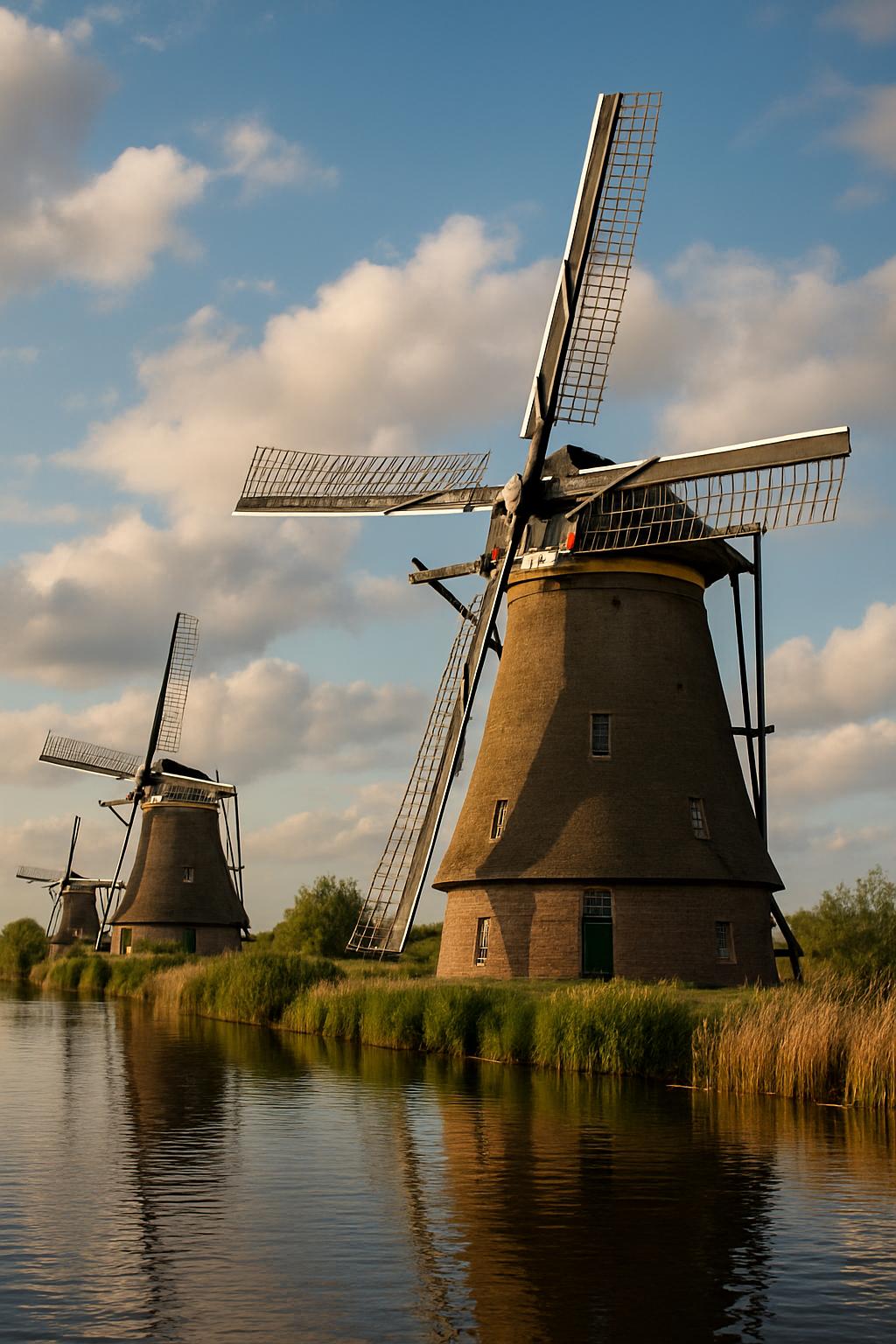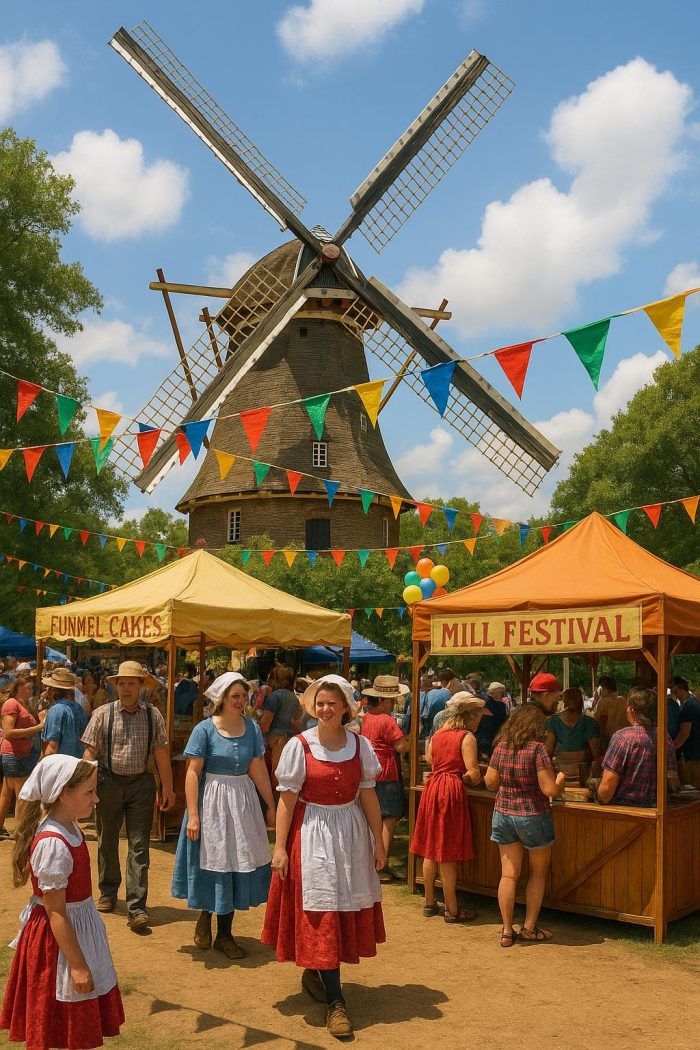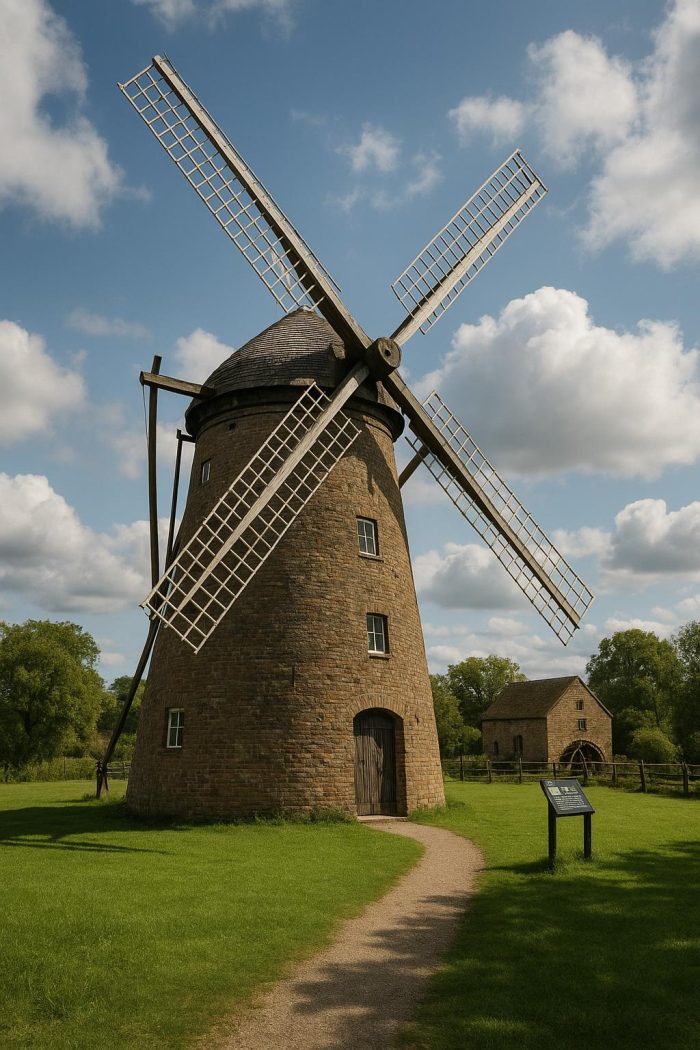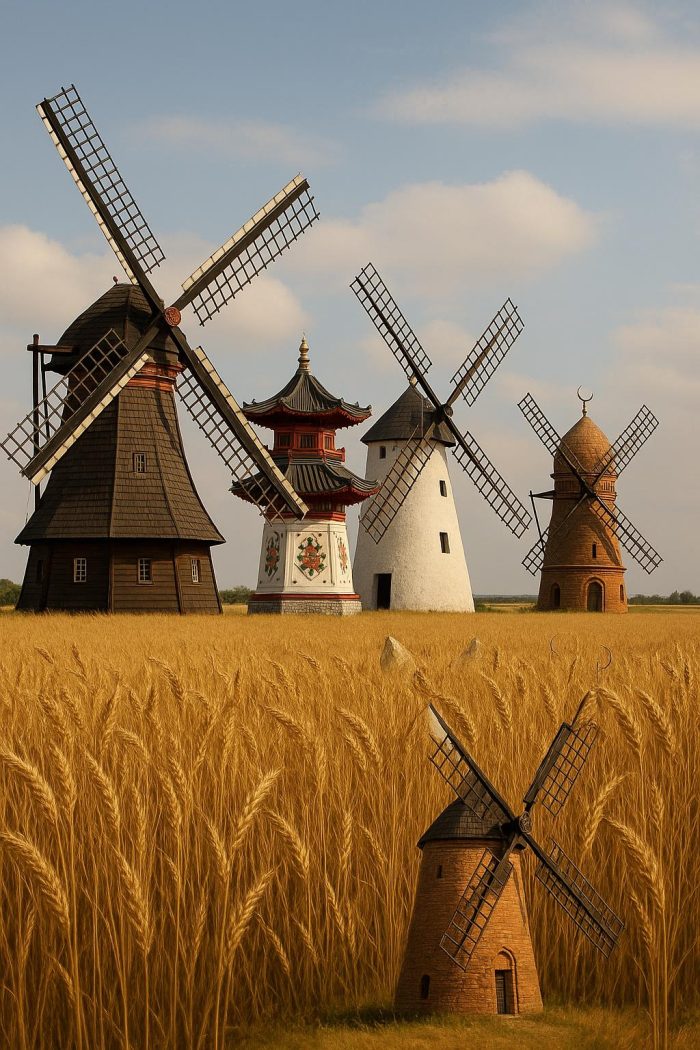Introduction to the Architectural Beauty of Windmills
Windmills have long been objects of fascination for many people across the globe. Not merely because of their aesthetic appeal, these structures boast a rich history and showcase the ingenuity of human engineering. Initially developed to harness the natural power of wind to accomplish practical tasks like grinding grains or pumping water, windmills have evolved remarkably. They stand as a testament to architectural diversity and technological advancement, with various styles and forms that reflect both historical and regional influences.
Historical Development of Windmills
The earliest recorded examples of windmills trace back to ancient Persia—modern-day Iran—around the 7th century AD. Known as panemone windmills, these early designs were primarily intended for milling grain. The sails of these windmills were vertical, showcasing the primary function they served in a straightforward and effective manner. As the concept of windmills traversed from Persia through to Europe, the technology underwent significant transformations, leading to the development of diverse and distinctive styles. Among these, the Dutch and English windmills stand out due to their significant contributions to the evolution of windmill architecture.
Dutch Windmills
Dutch windmills are perhaps some of the most recognized and celebrated architectural forms within this category. These windmills are not only admired for their scenic beauty but also for their intricate engineering. Typically characterized by a cylindrical or tapered tower constructed from brick or wood, Dutch windmills also feature a rotating cap where the sails are attached. The sails themselves are often large and covered with cloth or a lattice, designed for maximizing wind capture. These structures have exceeded their functional purposes, becoming enduring emblems of Dutch cultural heritage and engineering prowess.
English Post Mills
Post mills, particularly prevalent in England, represent another monumental phase in the architectural evolution of windmills. These designs are especially noteworthy for their early introduction and simplicity in construction. With a wooden body known as the “buck” mounted on a single, vertical post, the entire mill can pivot to face the winds. This feature not only illustrates the adaptive design approach of English windmill builders but also contributes to the aesthetic simplicity and elegance of these structures. The skill involved in constructing such a versatile design enhances their architectural value.
Architecture Influences in Windmill Design
The architectural diversity evident in windmills stems from an amalgam of influences including climate, material availability, and technological advancements. For instance, in the Netherlands, where wind conditions are fairly stable, the windmill designs are optimized for wind capture. This contrasts with regions experiencing varying wind patterns, where the flexibility of rotating the mill to face different directions became critical.
Material choice profoundly impacted the aesthetics and efficiency of windmills. In areas abundant with wood, windmills built from timber were more common. On the other hand, regions that experienced severe weather conditions often saw windmills constructed from stone or brick, prioritizing durability and stability.
Modern Aesthetic Appreciation
The primary functional role of windmills as mechanisms for milling and pumping may have largely been replaced by modern technology, yet their architectural beauty continues to be celebrated. Many historic windmills have survived the passage of time, thanks to preservation efforts as cultural heritage sites. In some instances, these iconic structures have been reimagined as museums, inns, or even private residences. Such adaptations tend to honor the original architecture, paying homage to the craftsmanship and skill exhibited by builders of bygone eras.
Simultaneously, the renewal of interest in wind power as a sustainable energy source has led contemporary wind turbine designers to draw inspiration from traditional windmill forms. While technological advancements have reshaped the functional aspects, fundamental aesthetic concepts such as balance, symmetry, and landscape integration remain vital elements in modern designs.
Conclusion
In conclusion, the architectural allure of windmills is a fusion of practical engineering and artistic design. From their foundational roles in local economies to their status as cultural landmarks, windmills embody human innovation in manipulating natural forces and environmental conditions. Their captivating designs continue to draw admiration, not only for the roles they historically played but also for their elegant and varied forms that speak to a broader narrative of human development through structural design.



